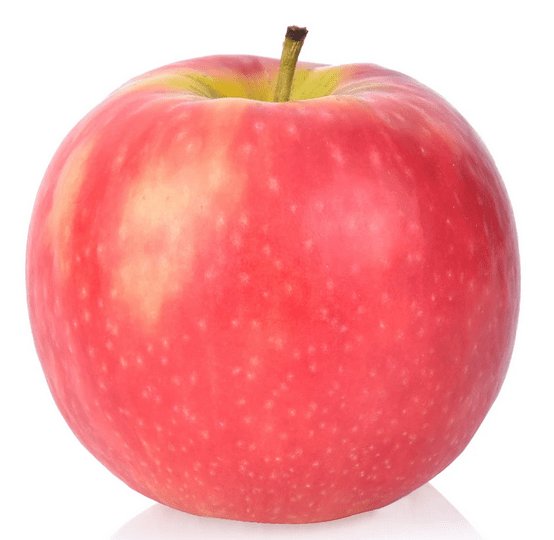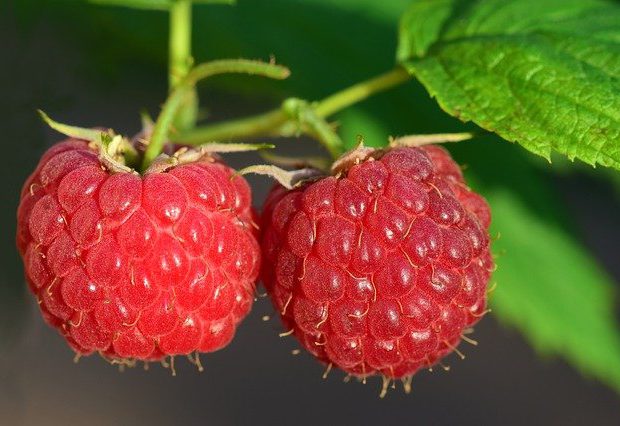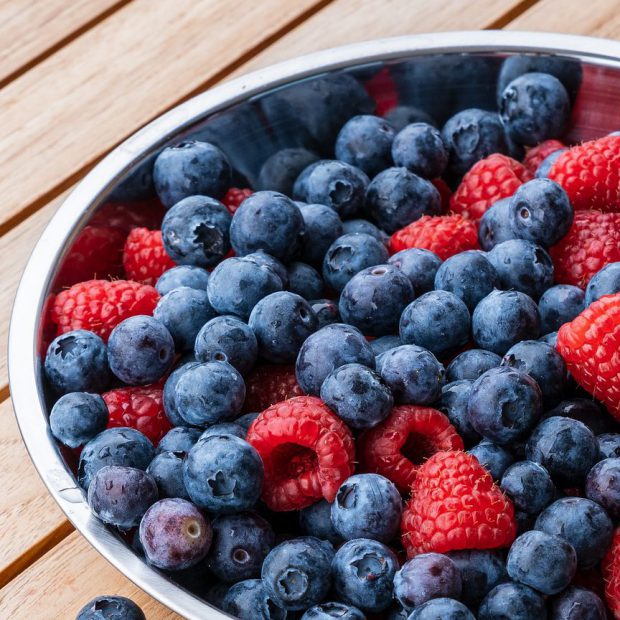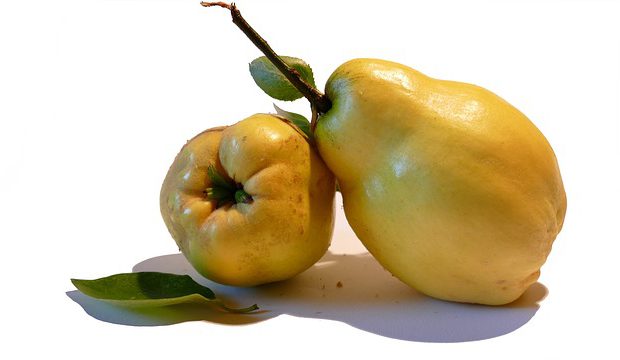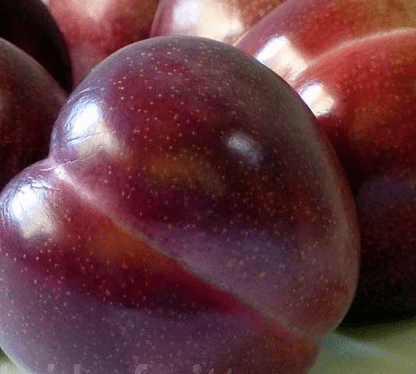Pink Lady
(OP) Perhaps more than any other modern apple, Pink Lady® epitomises the trend towards product marketing and branding in the sale of apples. Pink Lady® was one of the first apples to be marketed under a specific brand name rather than by its variety name. The variety is grown under licence, and then marketed through licenced resellers to the supermarkets. This tight control is intended to keep quality high, and it is portrayed as a premium product.
You may have sometimes seen another variety called Cripps Pink in the shops and noticed the similarity … it is actually the same variety. Pink Lady® is a trademark, the actual variety name is Cripps Pink.  In order to preserve the premium appeal of Pink Lady®, about 65% of the production which does not meet the standards required for Pink Lady® is sold as Cripps Pink instead. The distinction is primarily made on colour intensity and the sugar/acid balance. Whilst this might at first appear to be a marketing ploy, it benefits consumers because it means that the variability of quality of Pink Lady® is less than you might find in other varieties (Braeburn being a notable example).
In order to preserve the premium appeal of Pink Lady®, about 65% of the production which does not meet the standards required for Pink Lady® is sold as Cripps Pink instead. The distinction is primarily made on colour intensity and the sugar/acid balance. Whilst this might at first appear to be a marketing ploy, it benefits consumers because it means that the variability of quality of Pink Lady® is less than you might find in other varieties (Braeburn being a notable example).
Cripps Pink was developed in the 1970s by John Cripps in Western Australia, and is a cross between Golden Delicious and Lady Williams. This same breeding programme also led to Cripps Red, which shares the same parentage and is marketed under the Sundowner® brand. Lady Williams is not a particularly well known apple variety in Europe or North America, but has been quite widely grown in Australia, having been discovered as a chance seedling in the 1930s. It is probably from Lady Williams that Pink Lady® gets its distinct colouring. (However it is interesting that another modern “blush” apple, the orange-coloured Tentation, is also a Golden Delicious cross). Pink Lady® and Sundowner® are very similar, but we think Pink Lady® is just slightly closer to Golden Delicious in terms of flavor.
Pink Lady® requires a very long growing period and a hot climate, and hence is only grown in the warmer apple-growing regions of South Africa, USA, southern Europe – and of course Australia. Strong sunglight in autumn is vital for the pink coloration to develop and growers may remove the top-most leaves of the trees to allow light to penetrate. Pink Lady® is a moderately vigourous tree and hangs on to its leaves well into winter. It also shares a characteristic found in some other apple varieties in that the quality of fruit in the early years of the tree is not good. These horticultural difficulties meant that Pink Lady® was initially unpopular with growers – until they realised the premium prices they could get for this unique pink apple.






